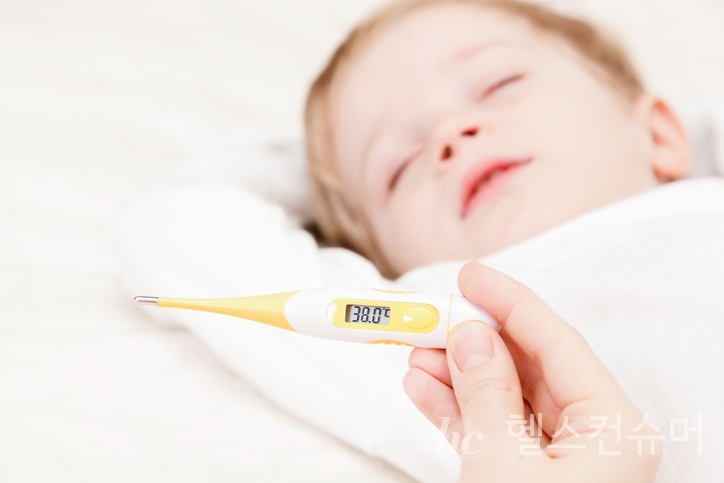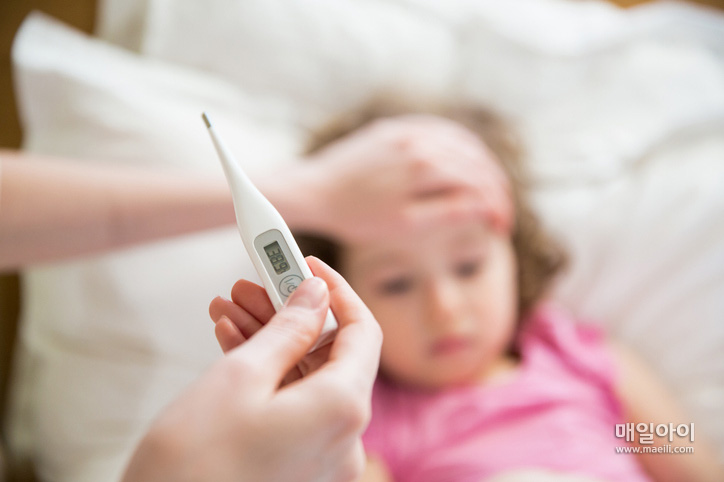Understanding and Managing High Fever in Babies: Causes and Remedies
Understanding and Managing High Fever in Babies: Causes and Remedies
Introduction
A high fever in babies can be alarming for any parent. While a fever is often a natural response to an infection or other health issues, knowing the possible causes and how to manage it effectively can make all the difference in ensuring your baby’s well-being. In this blog, we’ll explore the common causes of high fever in babies, when to worry, and the best ways to treat and care for your little one during a fever.
1. What Is Considered a High Fever in Babies?
A fever is a rise in body temperature, often a sign that the body is fighting off an infection. Here are some key temperature thresholds to keep in mind:
- Normal Baby Temperature: 97°F–100.3°F (36.1°C–37.9°C).
- Low-Grade Fever: 100.4°F–101.9°F (38°C–38.8°C).
- High Fever: 102°F (38.9°C) or higher.
If your baby’s temperature reaches 104°F (40°C) or higher, it is considered extremely high and requires immediate attention.
2. Common Causes of High Fever in Babies
A. Viral Infections
- Examples: Common cold, flu, roseola, or hand, foot, and mouth disease.
- Symptoms: Fever, runny nose, cough, or rash.
B. Bacterial Infections
- Examples: Ear infections, urinary tract infections (UTIs), or pneumonia.
- Symptoms: Fever often accompanied by localized symptoms like ear tugging, painful urination, or difficulty breathing.
C. Teething (Mild Fevers Only)
- Teething may cause a slight increase in temperature but typically doesn’t result in high fever.
D. Immunizations
- Fever may occur within 24–48 hours after vaccinations as a normal immune response.
E. Overheating
- Dressing your baby too warmly or being in a hot environment can raise their temperature.
F. Serious Conditions
- Examples: Meningitis or sepsis.
- Warning Signs: Persistent fever, difficulty waking, inconsolable crying, or a stiff neck.
3. When to Call the Doctor
While most fevers are not serious, certain situations require immediate medical attention:
- Newborns (Under 3 Months):
- Any fever of 100.4°F (38°C) or higher.
- Older Babies (3–6 Months):
- Fever higher than 102°F (38.9°C).
- Babies Over 6 Months:
- Fever higher than 104°F (40°C).
- Additional Warning Signs:
- Seizures or convulsions.
- Lethargy or difficulty waking.
- Persistent vomiting or diarrhea.
- Rashes that don’t fade when pressed.
- Difficulty breathing or bluish lips.
4. How to Manage a High Fever in Babies
A. Check Your Baby’s Temperature
- Use a digital thermometer for accuracy.
- Rectal Thermometer: Most accurate for infants under 3 months.
- Forehead or Ear Thermometer: Suitable for older babies but may be less accurate.
B. Keep Your Baby Comfortable
- Dress Lightly:
- Remove extra layers and dress your baby in lightweight, breathable clothing.
- Keep the Room Cool:
- Use a fan or air conditioning to maintain a comfortable temperature.
- Offer Fluids:
- Breastfed Babies: Nurse frequently to prevent dehydration.
- Formula-Fed Babies: Offer extra formula or water if advised by your doctor.
C. Use Fever-Reducing Medications
- Acetaminophen (Tylenol):
- Safe for babies over 2 months. Follow dosage instructions carefully.
- Ibuprofen (Advil):
- Safe for babies over 6 months. Avoid if your baby is dehydrated or has a stomach upset.
- Do Not Use:
- Aspirin, as it can cause Reye’s syndrome.
D. Try Lukewarm Sponge Baths
- Gently sponge your baby with lukewarm water to help lower their temperature.
- Avoid Cold Water: It may cause shivering, raising body temperature further.
E. Let Your Baby Rest
- Encourage your baby to sleep, as rest helps their body fight off the underlying illness.
5. Tips to Prevent Fevers in Babies
While not all fevers can be avoided, these steps can reduce the risk of infections that often cause fever:
- Practice Good Hygiene:
- Wash your hands frequently and keep your baby’s hands clean.
- Avoid Sick Contacts:
- Limit your baby’s exposure to sick individuals, especially during flu season.
- Stay Up-to-Date on Vaccinations:
- Follow the recommended vaccination schedule to protect against serious illnesses.
- Maintain a Healthy Environment:
- Keep your baby’s surroundings clean and free of potential allergens or irritants.
6. Myths About Fevers
A. “Fevers Are Always Dangerous”
- Fact: Fevers are a natural immune response and often a sign that the body is fighting an infection.
B. “Teething Causes High Fevers”
- Fact: Teething may cause a slight rise in temperature but rarely results in a high fever.
C. “You Should Always Bring Down a Fever Immediately”
- Fact: Mild fevers don’t always require treatment. Focus on your baby’s overall comfort and hydration.
7. Conclusion
While a high fever in your baby can be stressful, it’s often a sign of the body working to fight off an infection. By understanding the potential causes, monitoring your baby closely, and knowing when to seek medical attention, you can provide the care they need to recover safely and comfortably. Remember, always trust your instincts—if you’re concerned about your baby’s fever, don’t hesitate to consult your pediatrician.
Call to Action
Have you experienced managing a high fever in your baby? Share your tips or concerns in the comments below! For more parenting advice and baby care tips, follow this blog.





Comments